Nvidia GeForce RTX 5090 Founders Edition Review
The Nvidia GeForce RTX 5090: A Next-Gen Leap Fueled by AI
Nvidia's RTX 5090 is the latest in its line of high-end graphics cards, promising a new generation of PC gaming. However, its performance gains are less straightforward than previous generations. While raw performance improvements over the RTX 4090 are noticeable, they are not as dramatic as expected without considering DLSS Frame Generation. The real leap comes from Nvidia's next-generation DLSS, offering significant improvements in image quality and frame rates, particularly with its Multi-Frame Generation feature.
The RTX 5090's upgrade value depends heavily on your gaming setup and preferences. For users with displays below 4K 240Hz, the upgrade might not be worthwhile. But for high-end display owners, the AI-generated frames offer a significant performance boost, providing a glimpse into the future of gaming.
Nvidia GeForce RTX 5090 – Image Gallery
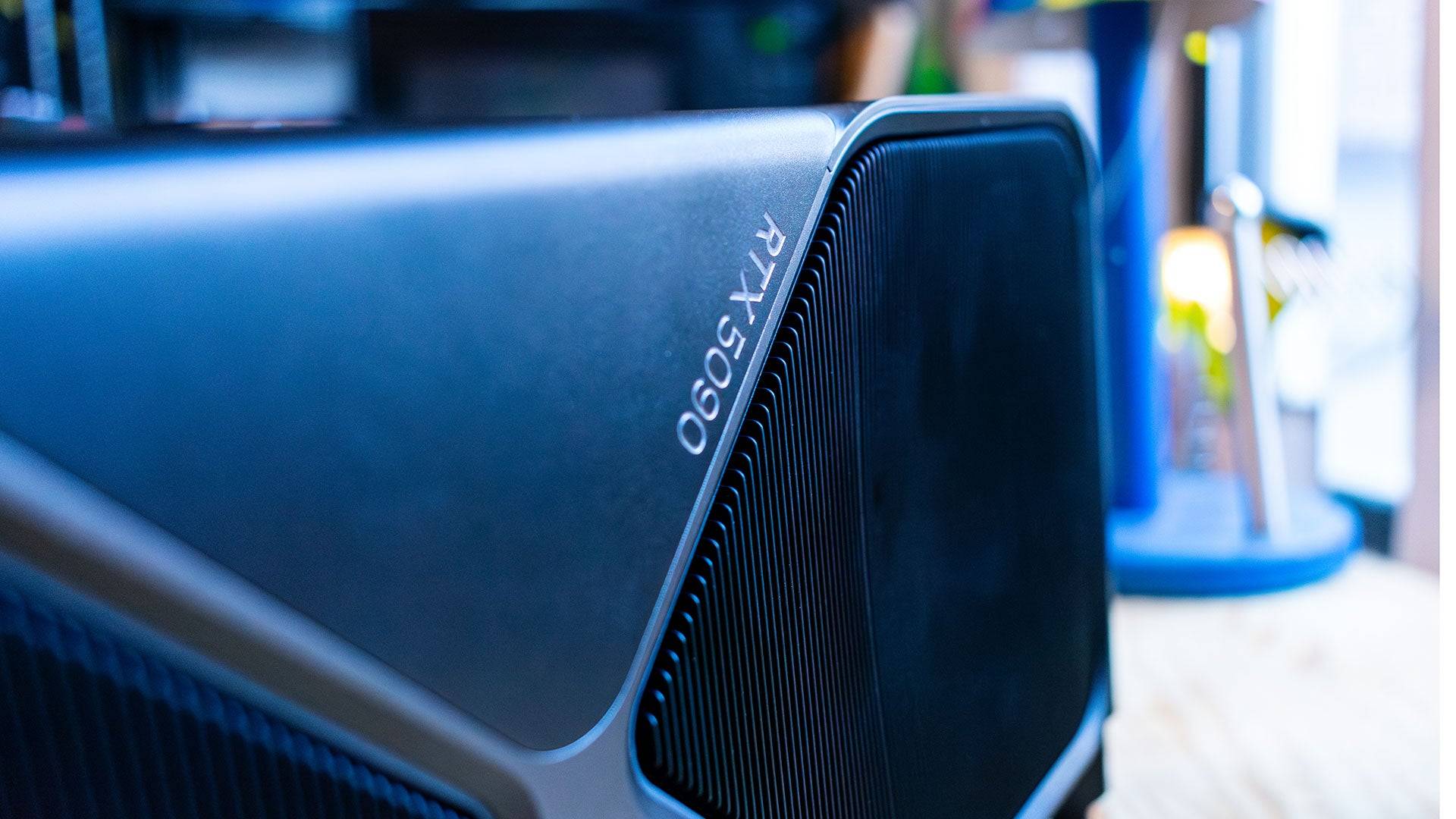
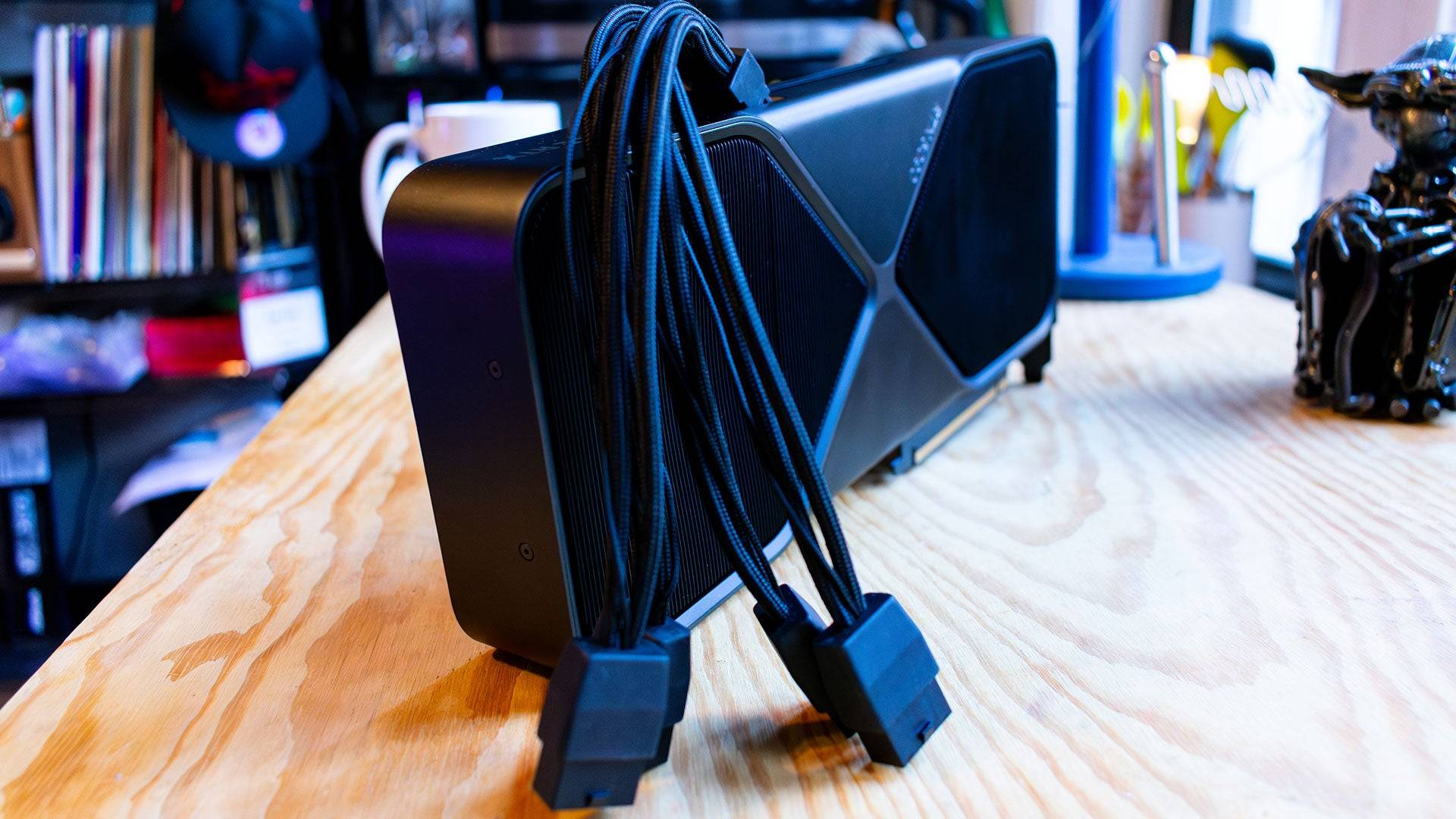 5 Images
5 Images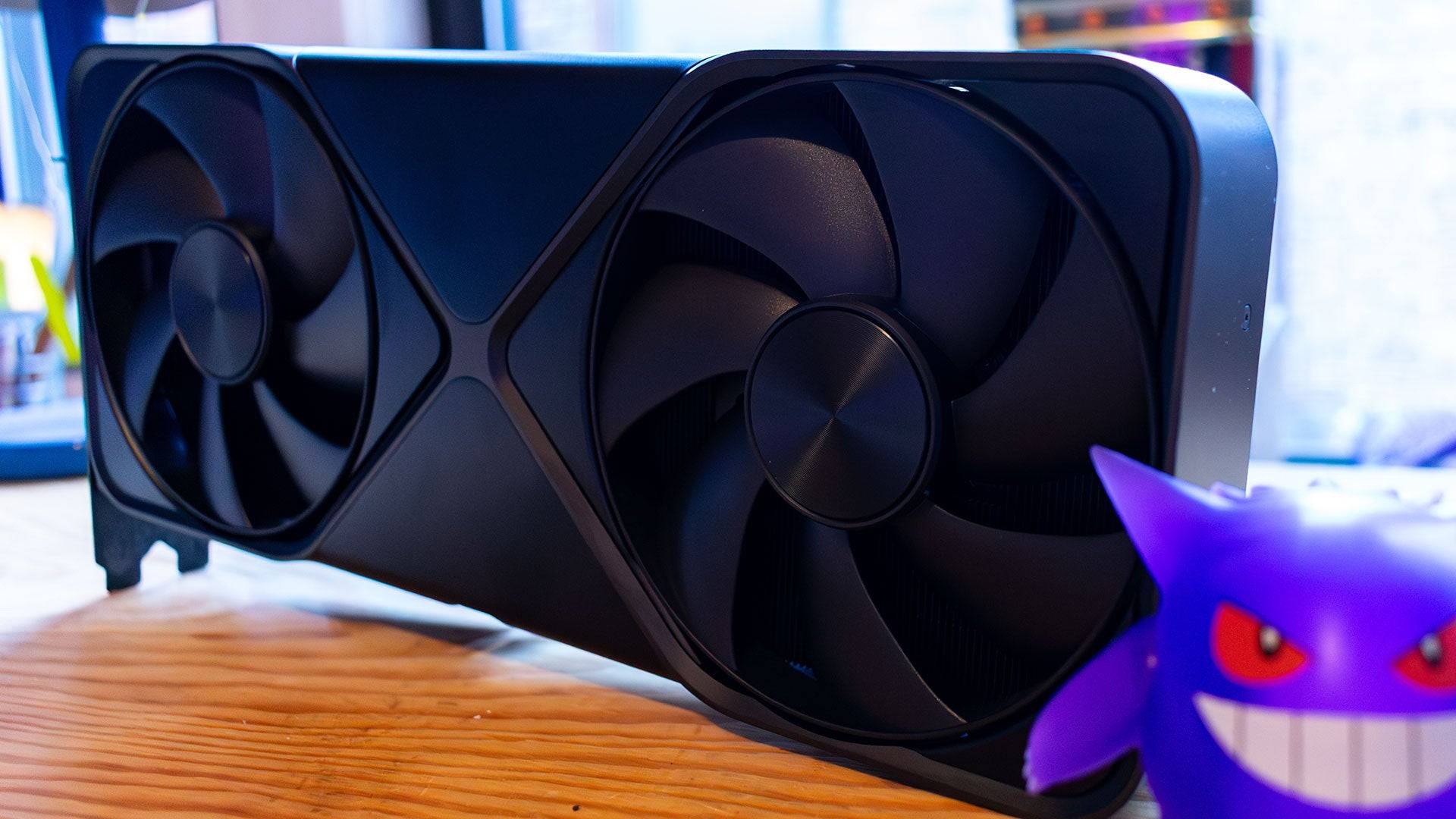
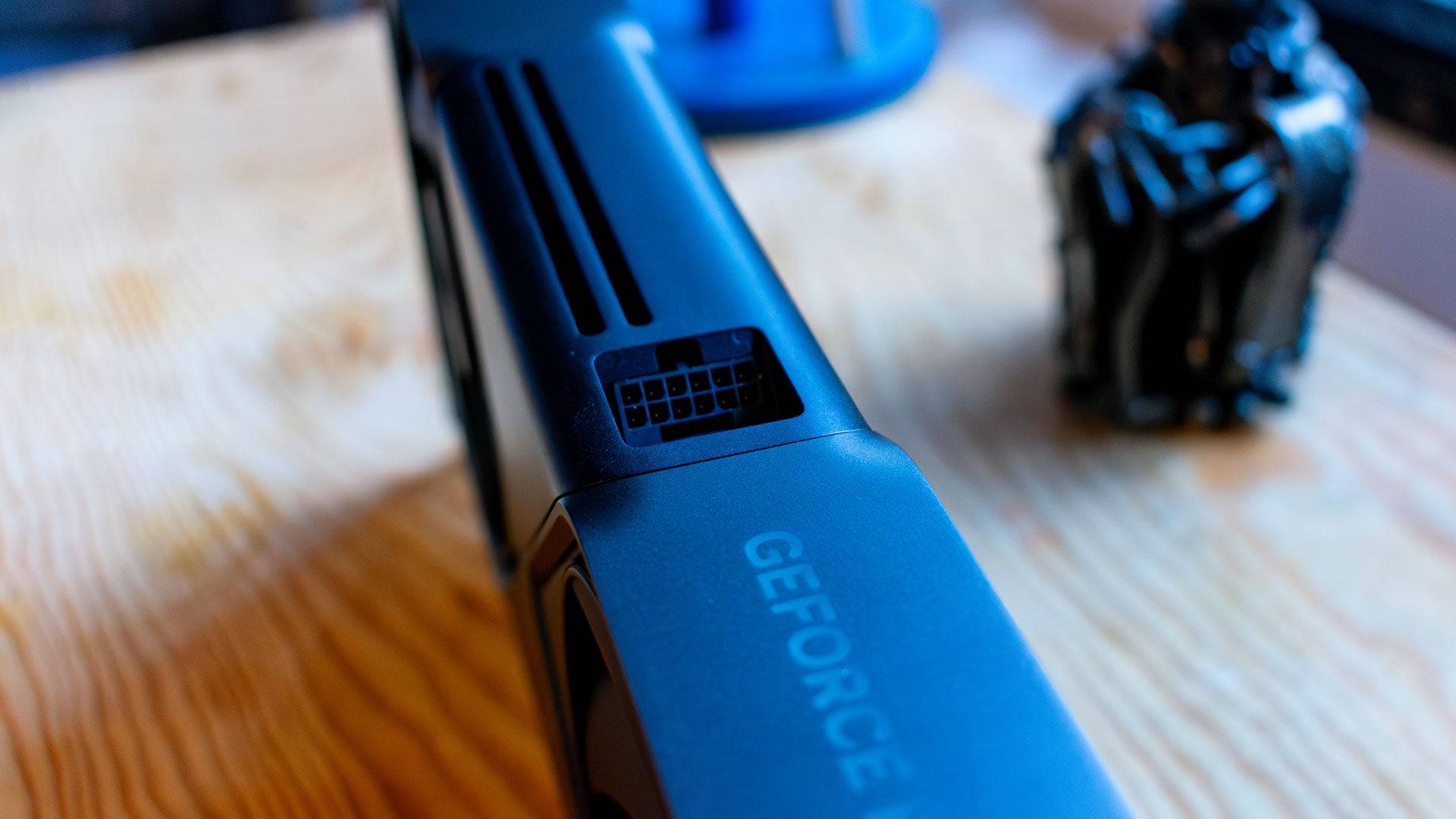
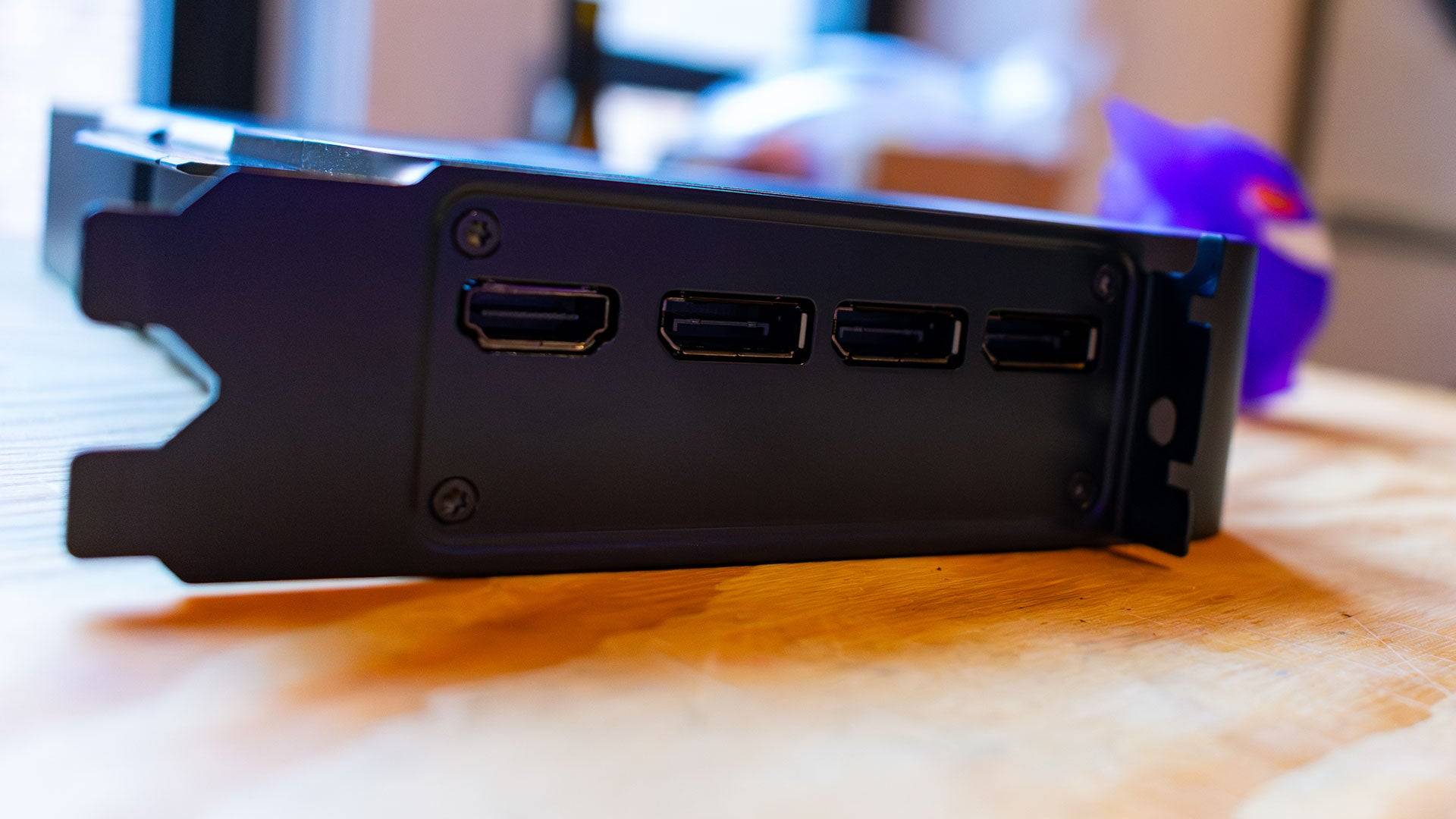
RTX 5090 – Specifications and Features
Built on Blackwell architecture, the RTX 5090 boasts a significant increase in CUDA cores (21,760 vs. 16,384 in the RTX 4090), resulting in a 32% boost in shader cores. It also features enhanced 5th-generation Tensor Cores and RT Cores, optimized for AI performance and supporting FP4 operations for reduced VRAM dependency.
The card utilizes 32GB of GDDR7 VRAM, offering faster speeds and improved power efficiency compared to the RTX 4090's GDDR6X. However, its 575W power consumption is a notable increase. The shift to a Transformer Neural Network (TNN) for DLSS improves image quality and reduces artifacts.
Multi-Frame Generation, an evolution of DLSS 3's Frame Generation, generates multiple frames from each rendered image, dramatically increasing frame rates. However, optimal performance requires a solid baseline frame rate (around 60fps).
Purchasing Guide
The RTX 5090 launched January 30th, starting at $1,999 (Founders Edition). Third-party models will likely command higher prices.
The Founders Edition
Despite its 575W power draw, the Founders Edition is surprisingly compact, fitting into a dual-slot chassis with a dual-fan cooler. Temperatures reach approximately 86°C under load, which is high but doesn't cause throttling. Nvidia achieved this through a redesigned PCB and efficient cooling solution. The power connector is a new, angled 12V-2x6 connector, aiming to improve efficiency and connection security. It includes an adapter for four 8-pin PCIe power connectors.
DLSS 4: Beyond "Fake Frames"
While the RTX 5090 offers a performance increase in raw rasterization, its true strength lies in DLSS 4's Multi-Frame Generation. A new AI Management Processor (AMP) core efficiently manages workload distribution across the GPU, resulting in a frame generation model 40% faster and 30% less memory-intensive than its predecessor. A Flip Metering algorithm minimizes latency. While requiring a strong baseline frame rate for optimal results, Multi-Frame Generation delivers impressive frame rate increases in supported titles. At launch, DLSS 4 support is expected in approximately 75 games.
RTX 5090 – Performance Benchmarks
Benchmarking revealed a generational leap in raw performance in 3DMark, with up to a 42% improvement over the RTX 4090. However, real-world gaming performance showed a more nuanced picture. In many games, even at 4K, the RTX 5090 was CPU-bottlenecked, limiting the performance gains compared to the RTX 4090. The improvements were more substantial when compared to the older RTX 3090.
The following benchmarks were conducted without DLSS 4 enabled, using public drivers (Nvidia 566.36, AMD Adrenalin 24.12.1) and latest game builds:
- 3DMark: 42% faster than RTX 4090.
- Call of Duty Black Ops 6 (4K Extreme): 10% faster than RTX 4090.
- Cyberpunk 2077 (4K Ultra Ray Tracing): 10% faster than RTX 4090.
- Metro Exodus: Enhanced Edition (4K Extreme, DLSS disabled): 25% faster than RTX 4090.
- Red Dead Redemption 2 (4K Max Settings): 6% faster than RTX 4090.
- Total War: Warhammer 3 (4K Max Settings): 35% faster than RTX 4090.
- Assassin's Creed Mirage (4K): Performance varied significantly, possibly due to driver issues.
- Black Myth: Wukong (4K Cinematic): 20% faster than RTX 4090.
- Forza Horizon 5 (4K Max Settings): Negligible difference compared to RTX 4090.
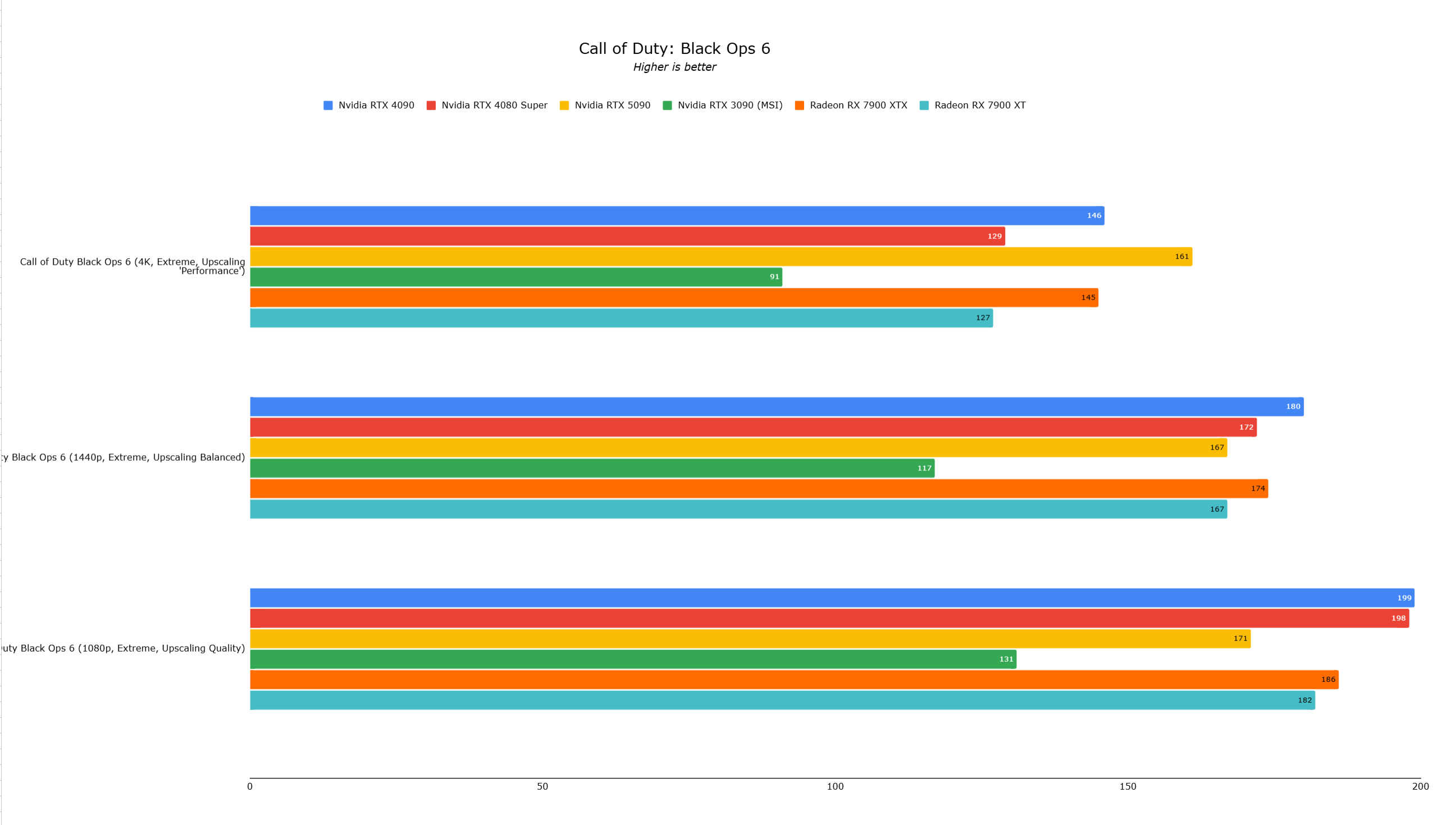
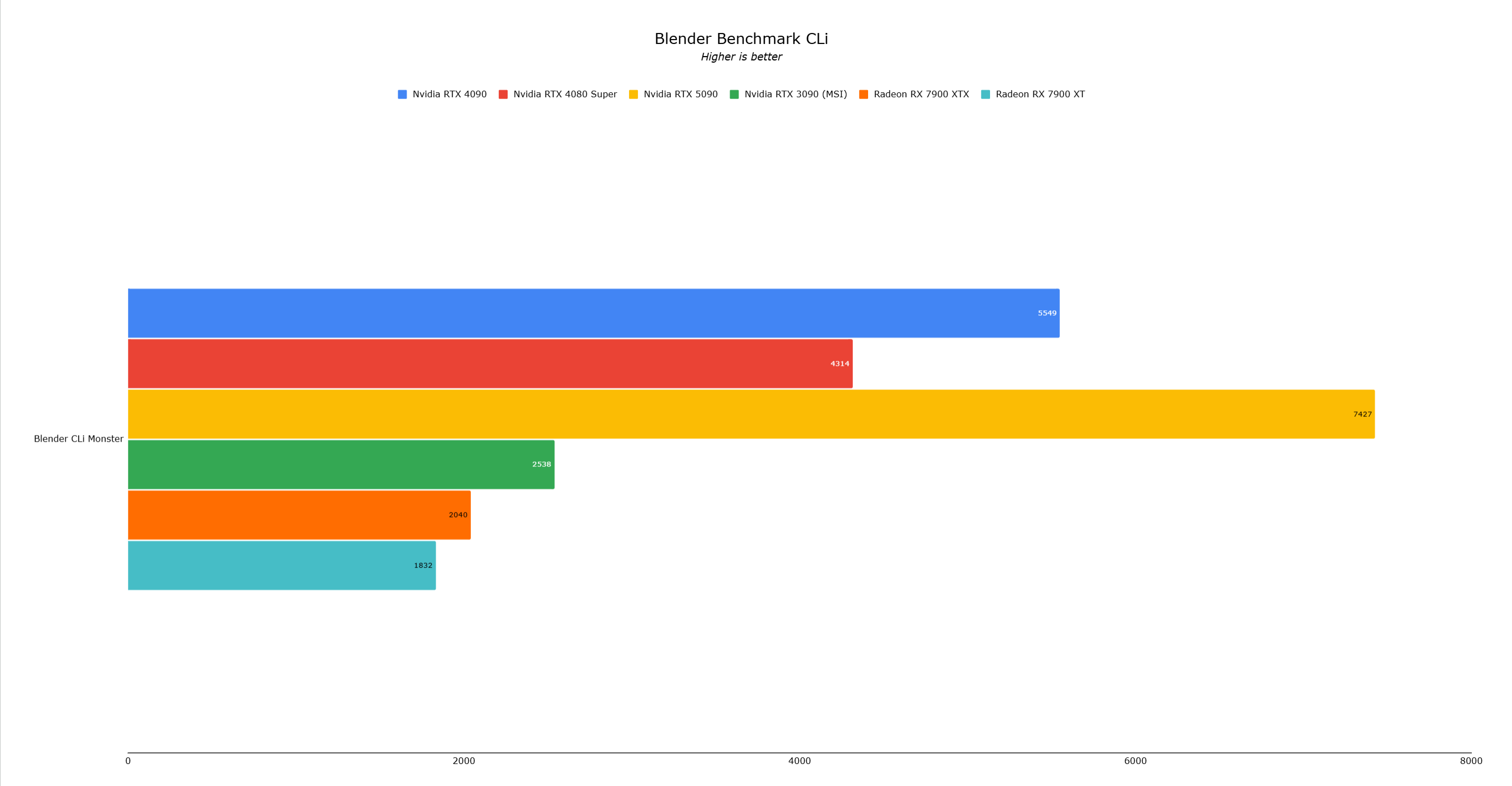 14 Images
14 Images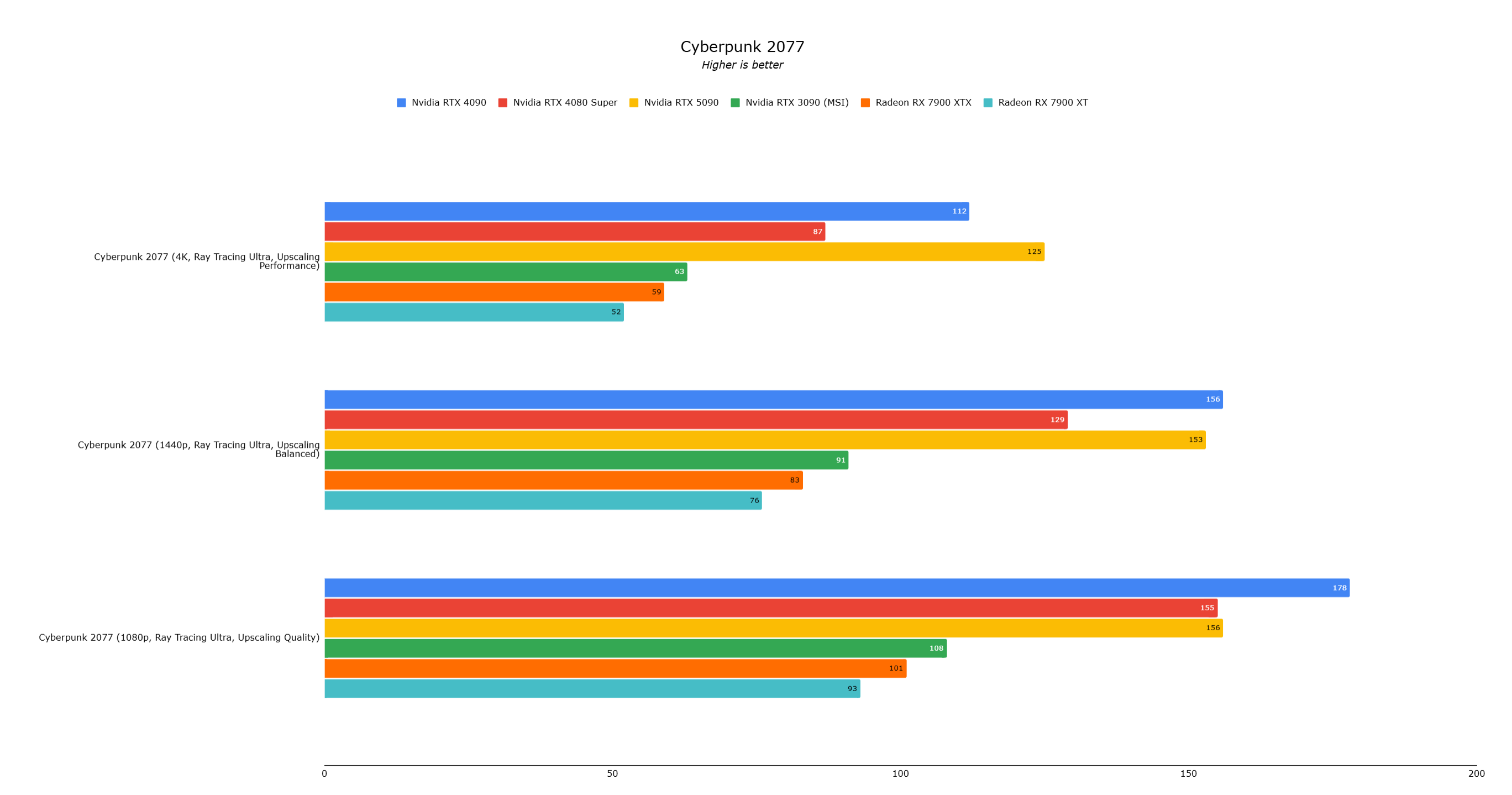
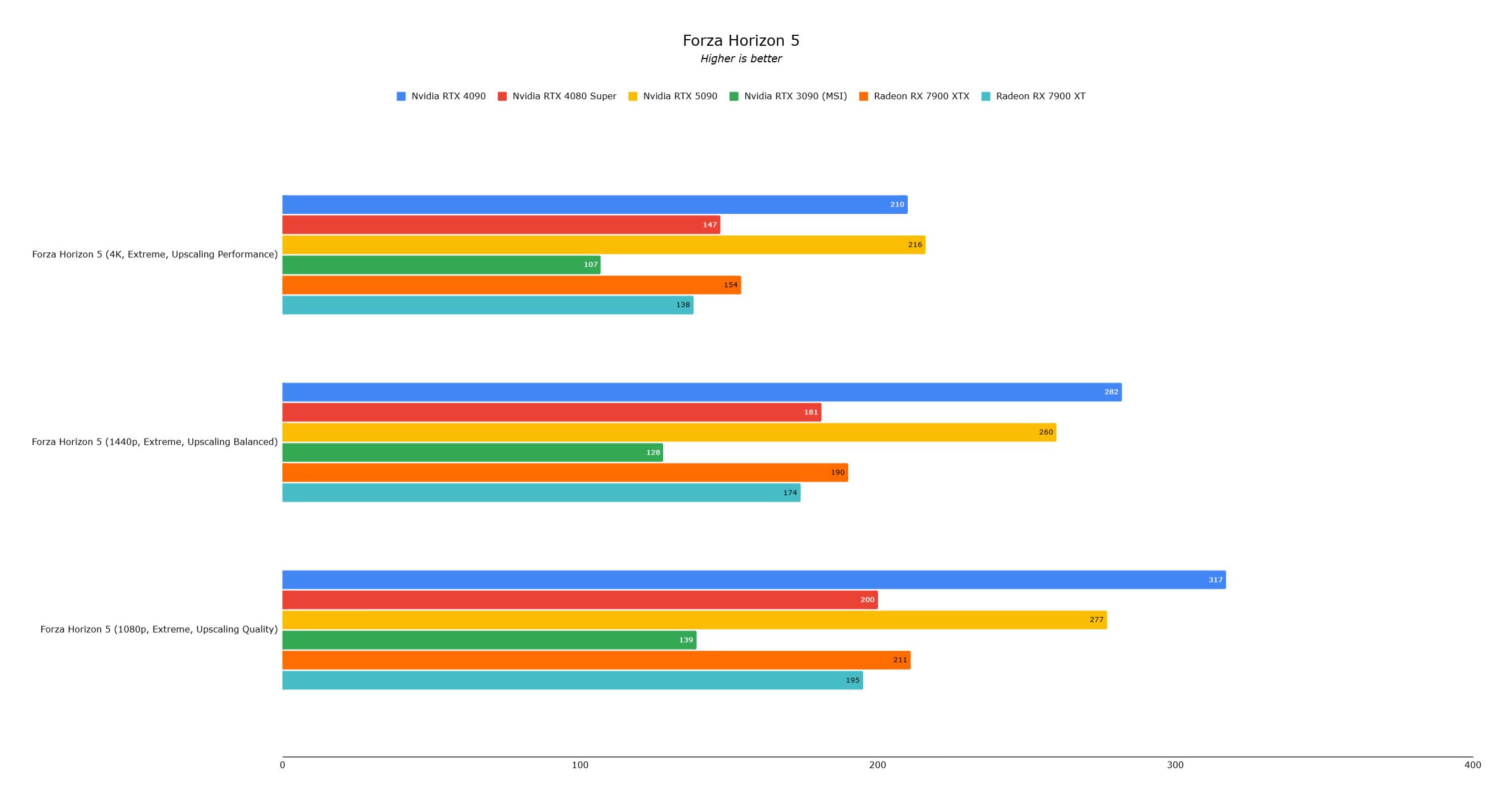
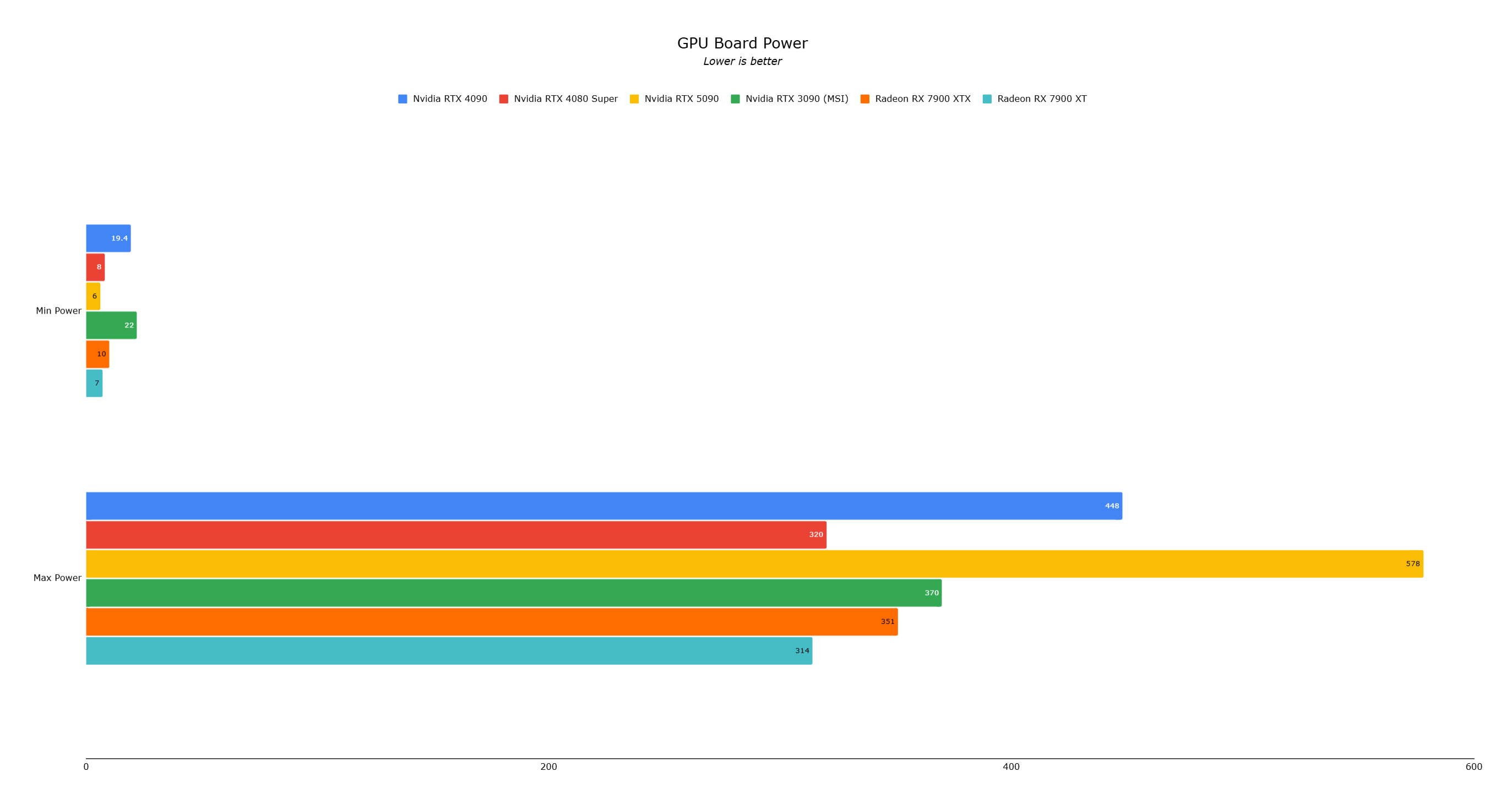
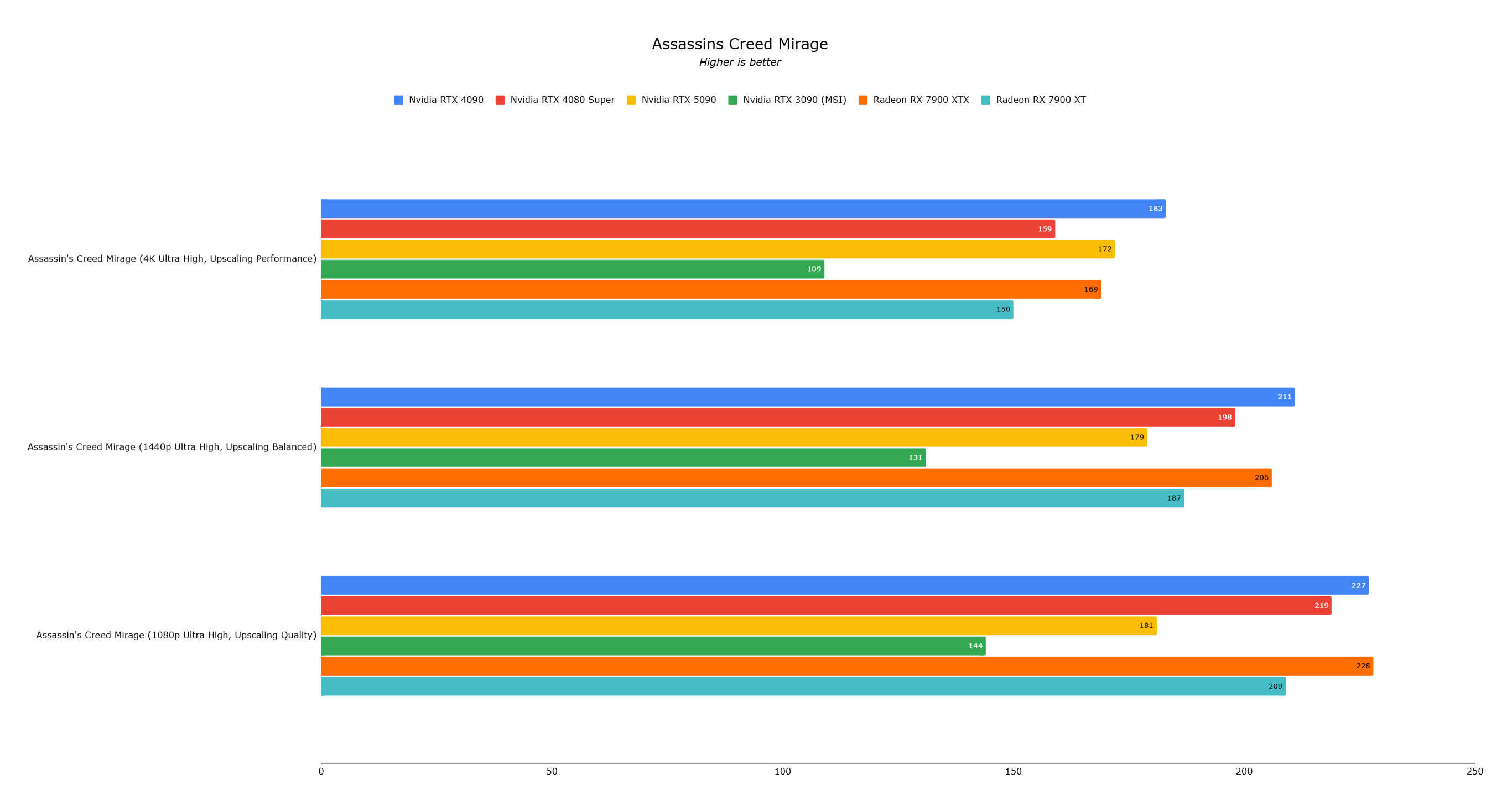
Conclusion
The RTX 5090 is undeniably powerful, currently holding the title of fastest consumer graphics card. However, its performance gains over the RTX 4090 are often limited by CPU bottlenecks in current games. Its true potential lies in its AI-powered features, particularly DLSS 4's Multi-Frame Generation, which offers a substantial performance boost for high-refresh-rate, high-resolution displays. While a significant investment, the RTX 5090 is a future-proof choice for gamers embracing AI-enhanced gaming. For most users, the RTX 4090 remains a highly capable option.
AnswerSee Results-
May 27,25Chimera Clan Boss Guide: Top Builds, Masteries & Gear for RAID: Shadow Legends RAID: Shadow Legends continues to push the envelope with its updates, and the Chimera Clan Boss stands out as the pinnacle of PvE challenges. Unlike the straightforward, power-centric battles of traditional Clan Bosses, Chimera demands adaptability, precise turn management, and an understanding of i
-
 Feb 02,25Pokemon GO Fest 2025: Dates, Locations, and Event Details Get ready for Pokémon GO Fest 2025! Niantic has announced the dates and locations for this year's in-person events earlier than usual, allowing ample time for planning. Pokémon GO Fest 2025 Dates and Locations: Niantic has confirmed three locations for GO Fest 2025, all in June: Osaka, Japan: May
Feb 02,25Pokemon GO Fest 2025: Dates, Locations, and Event Details Get ready for Pokémon GO Fest 2025! Niantic has announced the dates and locations for this year's in-person events earlier than usual, allowing ample time for planning. Pokémon GO Fest 2025 Dates and Locations: Niantic has confirmed three locations for GO Fest 2025, all in June: Osaka, Japan: May -
 Mar 28,25Basketball: Zero Codes Released in March 2025 Last updated on March 26, 2025 - Checked for new Basketball: Zero codes!Ready to take your skills to the next level in Basketball: Zero on Roblox? We've got you covered with the latest working codes for March 2025. Use these to score Lucky Spins and cash, boosting your chances of dominating the cour
Mar 28,25Basketball: Zero Codes Released in March 2025 Last updated on March 26, 2025 - Checked for new Basketball: Zero codes!Ready to take your skills to the next level in Basketball: Zero on Roblox? We've got you covered with the latest working codes for March 2025. Use these to score Lucky Spins and cash, boosting your chances of dominating the cour -
 Apr 07,25Atomfall: All Crafting Recipes and Locations Revealed Crafting is an essential survival skill in *Atomfall*, crucial for creating weapons and recovery items. To master this skill, you'll need to gather the necessary crafting recipes. Here's a comprehensive guide to help you locate all the crafting recipes in the game.How to Use Crafting Recipes in Atom
Apr 07,25Atomfall: All Crafting Recipes and Locations Revealed Crafting is an essential survival skill in *Atomfall*, crucial for creating weapons and recovery items. To master this skill, you'll need to gather the necessary crafting recipes. Here's a comprehensive guide to help you locate all the crafting recipes in the game.How to Use Crafting Recipes in Atom
